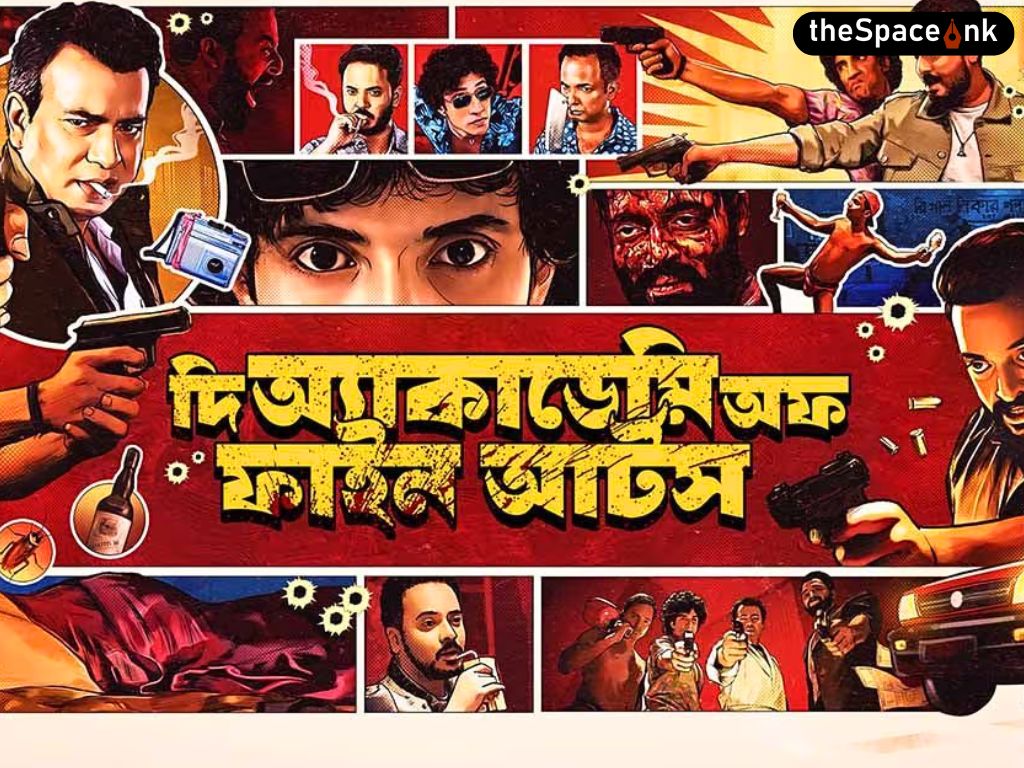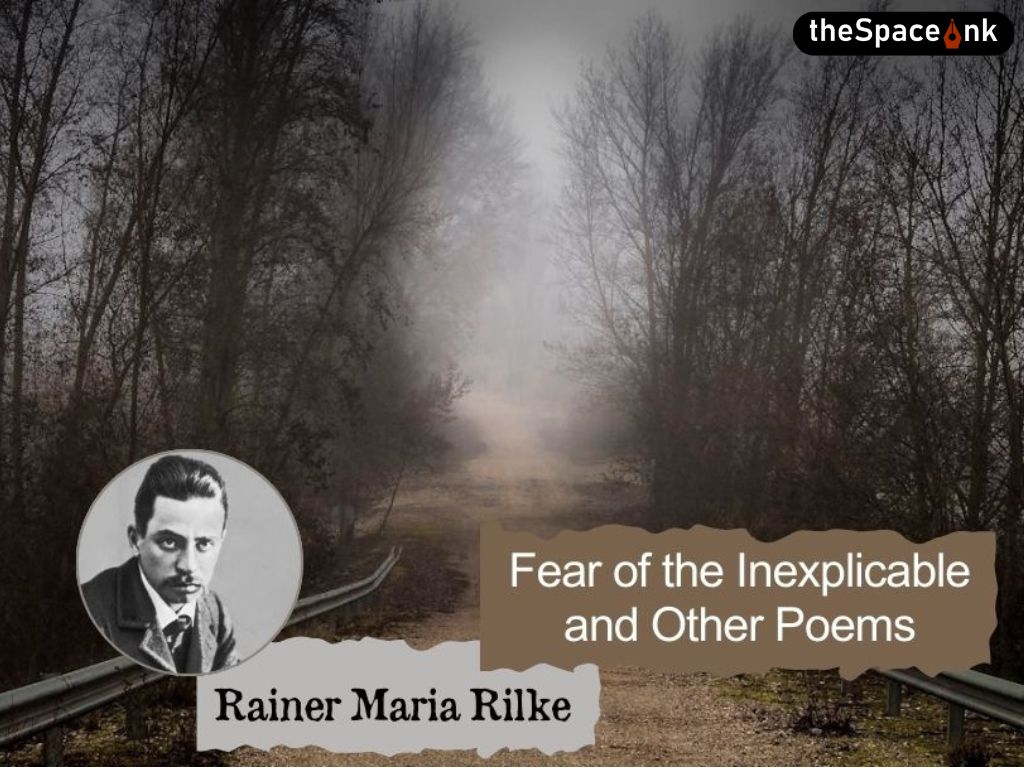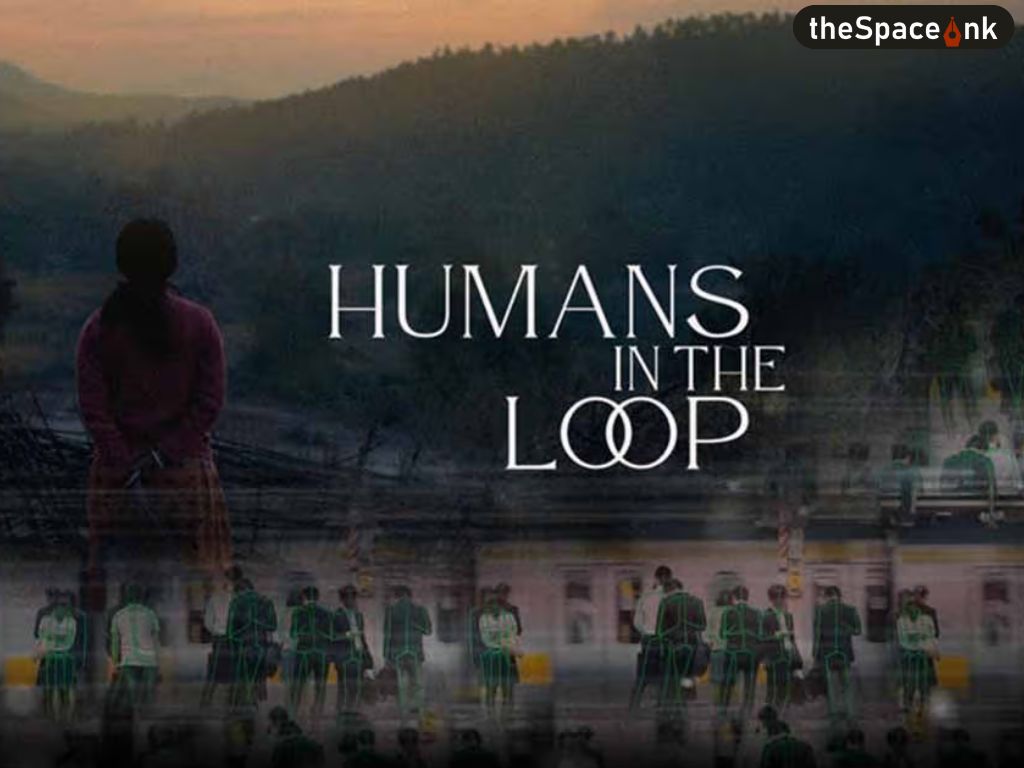The theory behind the male and female gaze has been confusing as to who has what. It is this which we need to clarify first before analyzing certain aspects of Lust Stories – 2 currently streaming on Netflix; especially on the topics of ‘gaze’.
Laura Mulvey who first raised the question of this gaze had coined the term male gaze in her iconic works Visual Pleasures and Narrative Cinema and Feminist Film Theory, sometimes during the mid-1970s. While discussing the heterosexual male gaze in cinema (broadly media), she identified this gaze as something which ‘objectified’ women and was the basis of how we placed women in society. The reasoning behind this was that since women back then were hardly part of the crew, the director, the cameraman and editor all being males, the woman was viewed solely through the male lens. Despite the feminist movement this gaze or view, even in liberal societies, hoped to ensure a film’s success. The women unconsciously or consciously become tacit supporters of this gaze, an extension of patriarchy.
Also read: The Theme of Displacement in the Cinema of Bimal Roy
“The ‘male gaze’ is a theory propounded by Laura Mulvey. There is no ‘female gaze’ as such because both men and women are equally capable of it and have proved that a film’s success – art house or commercial – does not necessarily depend on exhibiting the woman’s body as a sexual object,” explains Shoma A. Chatterji, film scholar and writer, who has written extensively on gendered cinema.
She adds that Laura Mulvey is the first feminist film analyst to have analyzed the nature of the cinematic spectator and found evidence, in cinematic voyeurism and in the nature of the camera look; the exclusively male spectator as a production assumption. Following Laura Mulvey, E. Ann Kaplan argued that the male gaze of defining and dominating woman as erotic object manages to repress the relations of woman in her place as Mother – leaving a gap not colonized by men.

In her turning-point essay, Mulvey discussed how female representation in classical cinema, especially those of the most iconic representations of Hollywood’s star system, is based on long-established schemes that privilege the spectatorial position of the male gaze. Thus, by emphasizing a dynamic that oscillates between the passivity of the female filmic image and the active control of the male viewer, cinema reproduces situations in which actresses are seen only as erotic objects (fetishes) from the perspective of the voyeuristic man.
Chatterji, however, challenges this male gaze further in her book The Female Gaze: Essays on Gender Media and Society while scrutinizing the intertwined fabric of social and financial milieu that determines a woman’s place in society. Her observations on the systemic silence of women, the physical and mental abuse, the stereotypes that women are forced to live up to, are some of the many things that force you to stop and think.
As art mirrors society and interpersonal relationships, “Even with women directors things did not change overnight,” she says in an interview. But her other argument is that we should set aside our notions of such film theories emanating from the west because in India, we are culturally differently placed. She writes in Woman at The Window: The Material Universe of Rabindranath Tagore through the Eyes of Satyajit Ray – “Perhaps within Indian cinema, it is anathema to films that still espouse the patriarchal cause.
When one probes a little deeply into Charulata, one discovers that Ray, despite being a man, has ‘gifted’ his heroine, Charu, with her own point of view and her own female ‘gaze’. Before we zero in on this ‘female gaze’ in Charulata, it would be interesting to point out that Ray’s concern with the woman and with her social emancipation began with Mahanagar, followed this up with Kapurush. He presents the women in these films not as the shadows of their men, but as individuals in their own right.
Chatterji reiterates, “The female gaze need not be the antonym of male gaze but it gives agency to women’s issues,” she continues. If Laura Mulvey is often credited with having created, defined and elaborated on the ‘male gaze’, the ‘female gaze’ was largely an unknown entity in cinema studies, as well as among feminists across the world, she adds.
Till of course Bracha Lichtenberg Ettinger, Israeli painter and feminist theorist talked about the female gaze in her book The Matrixial Gaze which confronted the famous phallocentric views of French psychoanalyst Jacques Lacan.
According to Chatterji, we tend to cite western examples of emancipation when back home filmmakers such as Bimal Roy, Ritwik Ghatak and Mrinal Sen showed great sensitivity in their portrayal of women. In not just their stories but how they were depicted on celluloid. “In Ek Din Pratidin, we do not even see the heroine for much of the film! How powerful is that?” she asks.

Therefore Konkona Sen Sharma’s segment Mirror in the 4-story anthology -Lust Stories 2 – takes this question of the female view way ahead. Mirror looks at women’s lust without inhibition. The raw love making between the maid and her man (the maid’s legitimate husband) on the boss lady’s bed is a sensitive portrayal. It gradually leads to an understanding between two women cutting across class and the power equation.
The male is persona non-grata here. It is about undiluted sexual pleasure that a woman can feel and should feel even if it falls under voyeurism. But the man feeling guilty is a powerful statement too in raising the question of asking men to take ownership of mistakes they can make.
The male is persona non-grata here. It is about undiluted sexual pleasure that a woman can feel and should feel even if it falls under voyeurism. But the man feeling guilty is a powerful statement too in raising the question of asking men to take ownership of mistakes they can make.
The other stories raise the women’s viewpoint towards love and lust but do not stand the test of Konkona’s nuanced script, co-written with Pooja Tolani. R.Balki’s story in which the grandmother vouches for pre-marital sex between a couple in an arranged marriage contains various loopholes. Yet, it manages to raise the pertinent question of how sex is so very important in a marriage for both sexes, in this case, an arranged one.
It is heartening to note that we have moved away from just love to lust in cinema because societal rules are changing. The lust quotient need not be met by antagonists or ‘vamps’ negatively characterized by their eager sexuality, but regular women can have their fantasies about lust as well. It is perhaps the men who do not wish to change the status quo, need to change. .
With much work still left in the way women are depicted, today Indian culture does allow the women in cinema to find their own voice in a society that continues to shackle them. The body depicted may still be beautiful but that beauty is not just to titillate the audience.
Images courtesy: Netflix
A masters' in Comparative Literature from Jadavpur University, Manjira Majumdar has dabbled in journalism, teaching and gender activism. She shares her love for cinema, books, art and four-legged creatures with her family consisting of a husband and two daughters.








